Bengal Cat Patterns: How They Stand Out in the Feline World
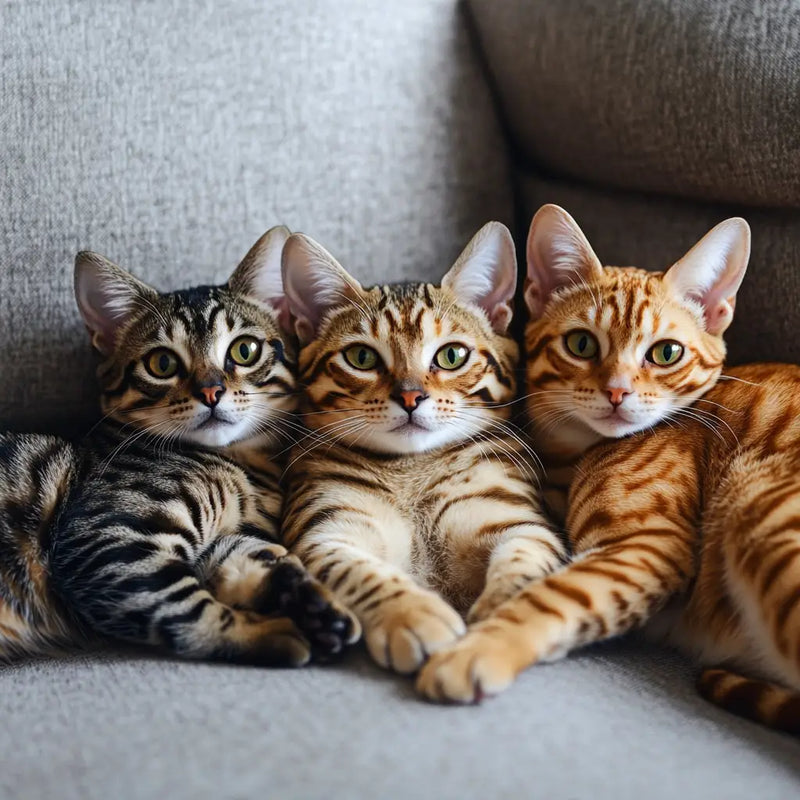
Imagine running your fingers through the fur that feels like silk, adorned with patterns so intricate they could have been painted by nature's finest artist. This is the experience of touching a Bengal cat, where each coat tells a unique story of wild beauty transformed into domestic elegance. Bengal cat patterns are more than just markings – they're living artwork that makes these felines among the most striking in the domestic cat world.
These extraordinary cats carry the legacy of their wild ancestors in every spot, swirl, and shimmer of their coat. Their patterns aren't just beautiful; they're a testament to the fascinating intersection of wild and domestic cats, creating companions that capture our imagination while stealing our hearts.
In this exploration of Bengal patterns, we'll journey through the distinctive characteristics that make these cats truly unique. From their origins in wild Asian leopard cats to the modern variations that grace our homes, we'll discover how these patterns developed and why they continue to captivate cat lovers worldwide. We'll also delve into the various color combinations that make each Bengal a unique masterpiece.
What Makes Bengal Cat Patterns Unique?
The Wild Heritage
The story of Bengal cat patterns begins with their wild ancestor, the Asian leopard cat. This small wild feline contributed the genetic blueprint for the stunning coat patterns we see in modern Bengals. Unlike typical domestic cat markings, Bengal patterns have a depth and complexity that mirrors their wild roots while incorporating the refinement of selective breeding.
The Distinctive Shimmer
One of the most remarkable features of Bengal cat patterns is their unique "glitter" effect. This natural phenomenon makes their coat appear to sparkle in sunlight, adding an extra dimension to their already striking appearance. This glitter gene, unique to Bengals, creates a luminous quality that makes their patterns seem to come alive with movement.
Texture and Feel
Beyond visual appeal, Bengal coats possess a distinctively silky texture that sets them apart from other breeds. This pelt-like quality enhances the appearance of their patterns, making them not just beautiful to look at but also luxurious to touch. The fur lies close to the body, allowing their patterns to display with remarkable clarity.
The World of Bengal Cat Coat Patterns
The Classic Spotted Pattern
The spotted pattern stands as perhaps the most recognizable of all Bengal cat patterns. These spots, known as rosettes, come in several distinctive forms:
Open Rosettes
Picture leopard spots with a lighter center surrounded by a darker outline. These rosettes can vary in size and shape, creating a wild, exotic appearance that closely mimics their leopard ancestors.
Closed Rosettes
These appear as solid spots, sometimes with a slightly darker outline. They can be round, oval, or even paw-print-shaped, adding to the cat's exotic appearance.
Donut Rosettes
The most prized pattern among Bengal enthusiasts, donut rosettes feature a complete circle of dark color surrounding a lighter center, creating a striking contrast that draws the eye.
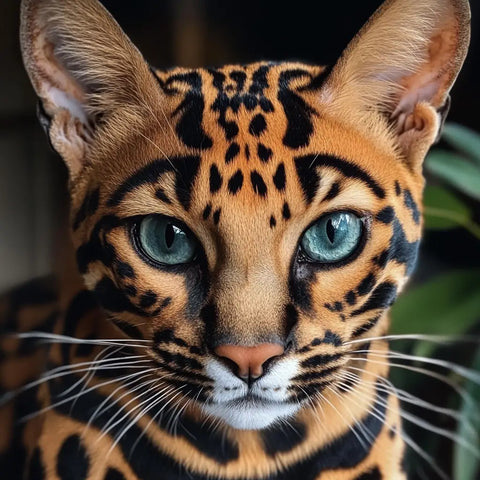
The Mesmerizing Marble Pattern
While spotted patterns might be the first thing people think of when imagining Bengal cat patterns, marble patterns offer an equally stunning alternative. These swirling, flowing designs create an abstract artwork effect across the cat's coat. The marble pattern features:
-
Flowing lines that create movement across the coat
-
High contrast between the base color and pattern
-
Asymmetrical designs that make each cat unique
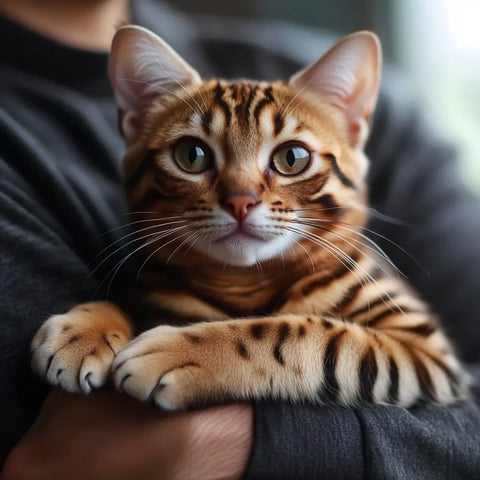
Rare Pattern Variations
Beyond the common spotted and marble patterns, some Bengal cats display unique variations that combine elements of both or present entirely different designs. The clouded pattern, for instance, creates a striking effect reminiscent of clouded leopards, with large, cloud-like patches across the coat.
Bengal Cat Colors and Patterns: A Perfect Harmony
The Brown Bengali
The classic brown Bengal showcases the breed's patterns at their most traditional. The warm, rich background colors range from golden to deep brown, providing the perfect canvas for:
-
Dark chocolate to black markings
-
Rust-colored rosettes
-
Rich orange to cream undersides
The Snow Bengal
Snow Bengals demonstrate how Bengal cat colors and patterns can create stunning effects on lighter backgrounds. These cats come in three variations:
Seal Lynx Point
Features cream to light tan base color with darker points and patterns, similar to Siamese cats but with distinct Bengal markings.
Seal Mink
Displays a warmer beige-to-tan base with darker markings, creating a beautiful contrast that highlights the pattern details.
Seal Sepia
Shows the darkest contrast among snow Bengals, with a light brown base color and deep brown to black patterns.
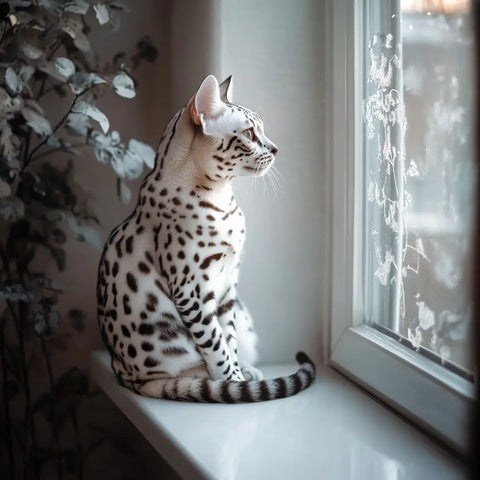
The Silver Symphony
Silver Bengals represent one of the most dramatic expressions of Bengal cat pattern types. Their cool, metallic base color creates a stunning backdrop for:
-
Sharp, dark patterns with excellent contrast
-
Blue to charcoal-colored markings
-
Sometimes, a pewter or steel-like sheen
Pattern Development and Enhancement
The Role of Genetics
Understanding how Bengal cat patterns develop helps us appreciate their uniqueness. The interaction between color and pattern genes creates the stunning varieties we see:
-
Pattern genes determine the basic layout (spotted vs. marble)
-
Color genes influence the intensity and contrast
-
Modifier genes affect pattern clarity and glitter
Age-Related Changes
Bengal kittens often don't show their final patterns immediately. The development process can be fascinating:
-
Patterns may start fuzzy and unclear
-
Colors typically deepen with age
-
Pattern definition usually improves over the first year
How Bengal Patterns Stand Apart
Comparison with Other Breeds
While other breeds may display spots or marbling, Bengal cat patterns stand distinct in several ways:
The contrast with typical tabby cats is particularly striking. Where tabbies show predictable stripe patterns, Bengals display complex, multi-dimensional patterns that create depth and movement. Unlike Ocicats or Egyptian Maus, Bengal patterns possess a wild quality that speaks to their exotic heritage while maintaining the refinement of a domestic breed.
The Natural Edge
What truly sets Bengal patterns apart is their natural appearance. Despite being carefully bred, their patterns don't look artificial or manufactured. Instead, they maintain the organic, flowing quality of their wild ancestors while adapting to domestic life.
Caring for the Beautiful Bengal Coat
To maintain the striking appearance of Bengal cat patterns, proper care is essential. Their unique coat requires specific attention:
Regular Grooming
While Bengals are generally low-maintenance in terms of grooming, regular brushing helps maintain the distinctive shine and pattern clarity that makes them so striking. A soft brush used weekly keeps their coat in optimal condition while providing bonding time with your pet.
Diet and Health
The brilliance of Bengal patterns often reflects overall health. A balanced diet rich in quality proteins and essential fatty acids helps maintain coat health and pattern visibility. Regular veterinary check-ups ensure any issues affecting coat quality are addressed promptly.
Living Art in Motion
Bengal cats represent more than just beautiful patterns – they embody the successful marriage of wild beauty with domestic charm. Their patterns tell the story of careful breeding and natural selection, creating cats that capture our imagination while fitting perfectly into our homes.
These stunning felines prove that nature's artistry can be preserved and enhanced through thoughtful breeding, resulting in cats that carry the wild's beauty in a package suitable for domestic life. Whether spotted or marbled, brown, silver, or snow, each Bengal cat patterns showcase unique characteristics that make these cats living masterpieces.
For those considering adding a Bengal to their family, understanding these patterns helps them appreciate the breed's unique beauty and heritage. While their striking appearance might first catch your eye, remember that beneath these remarkable patterns beats the heart of a loving, engaging companion ready to bring both beauty and joy to your home.























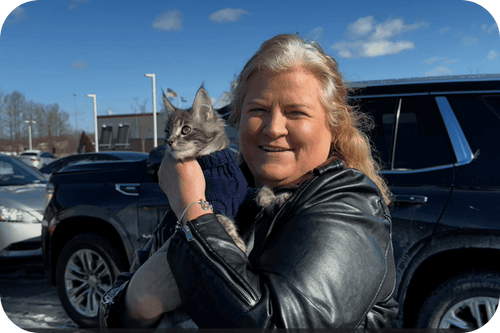
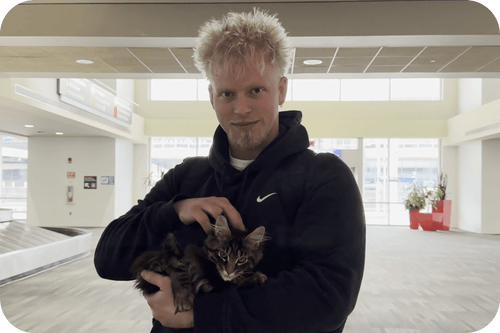

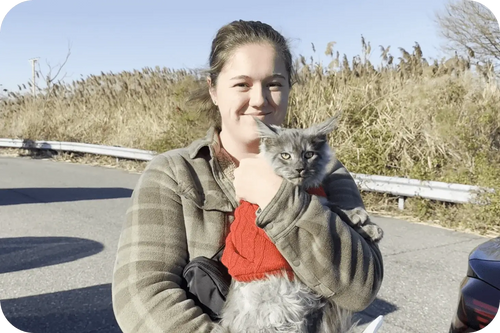
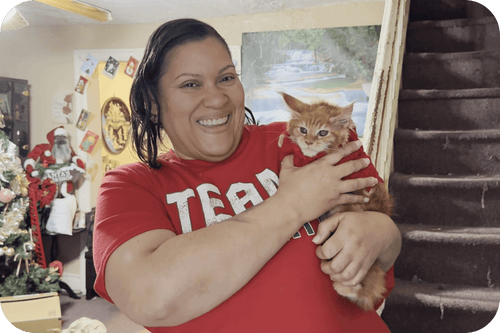
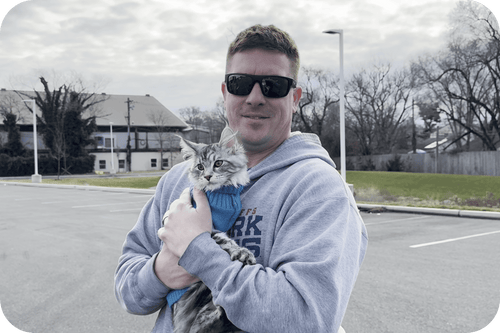

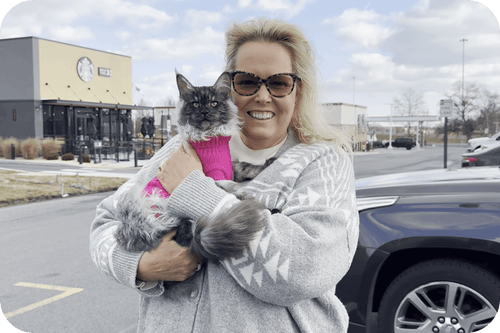


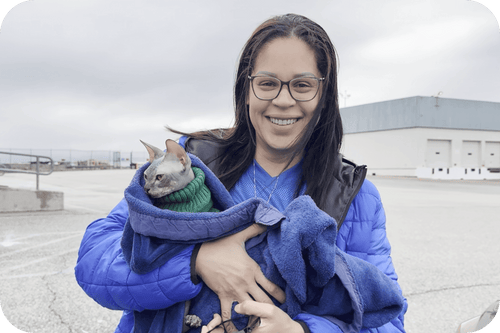
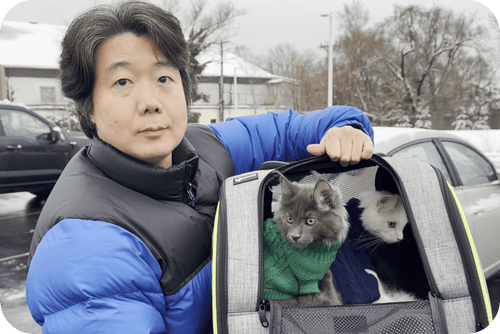
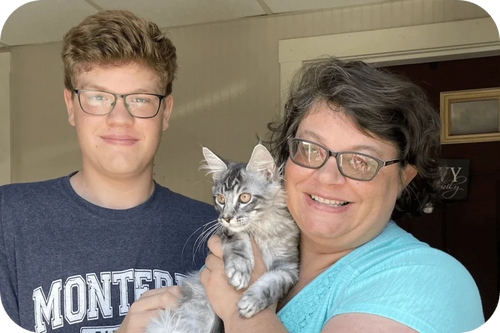
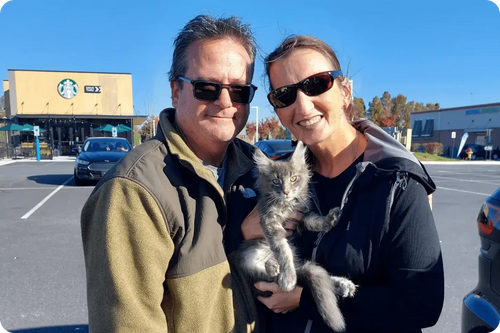
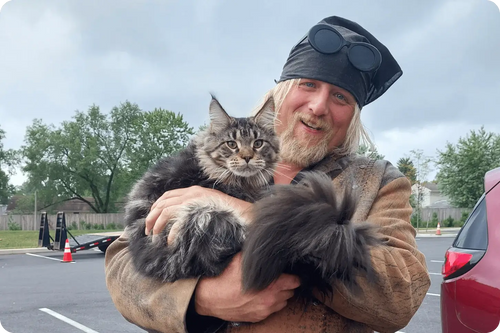

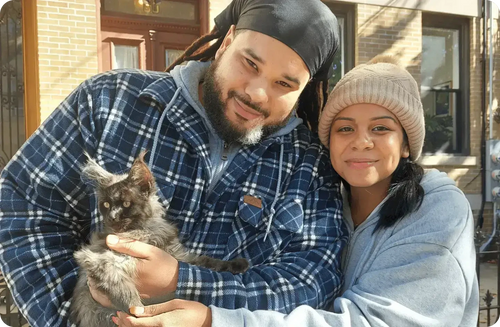
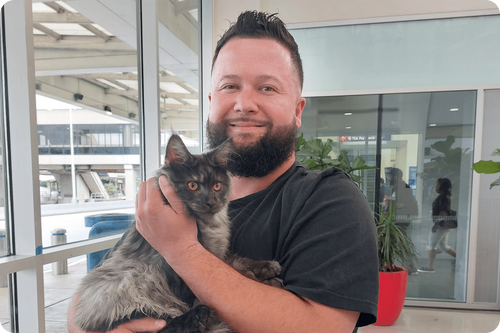












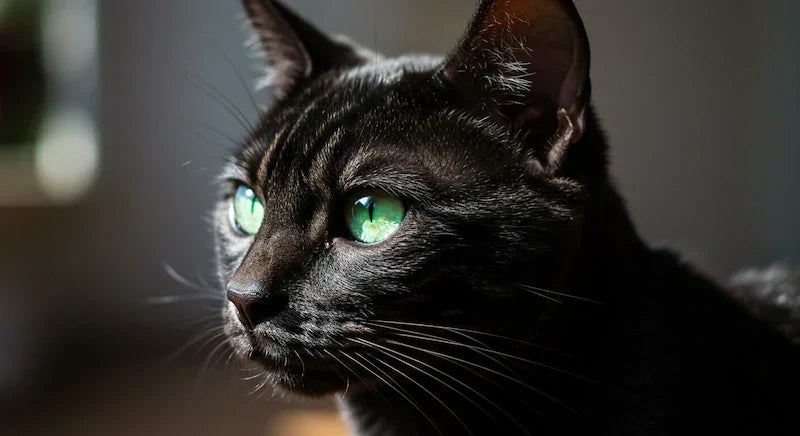
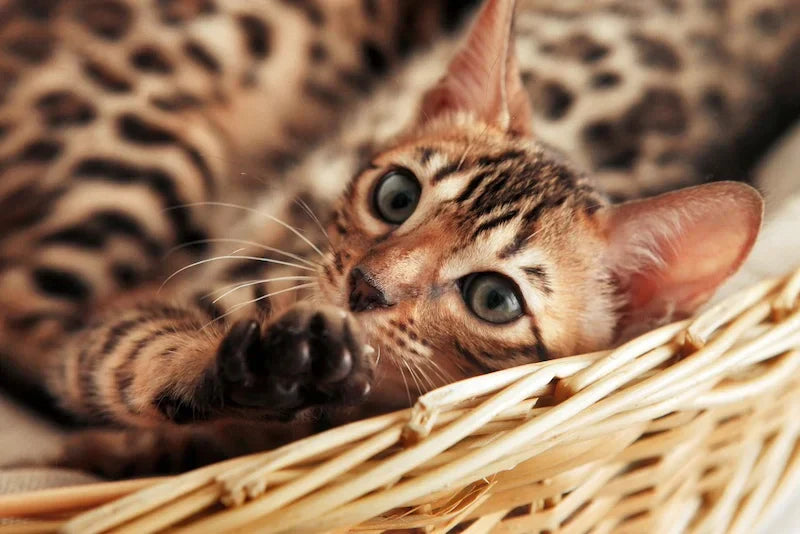
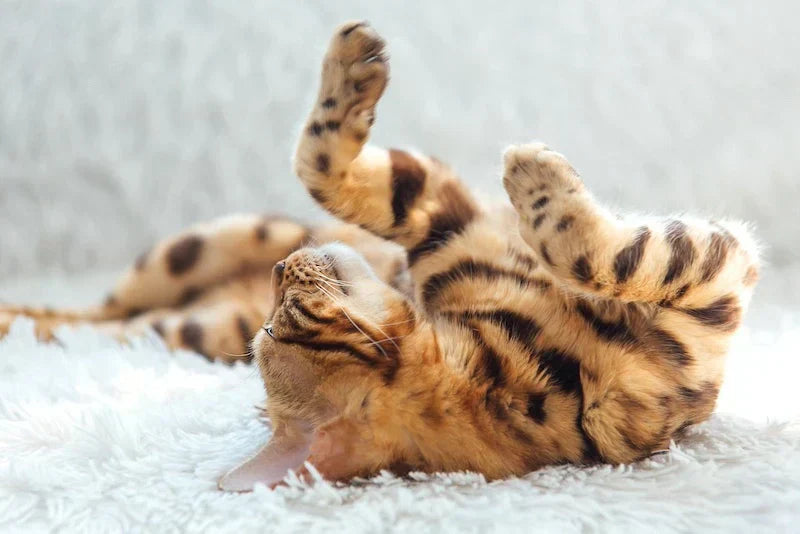
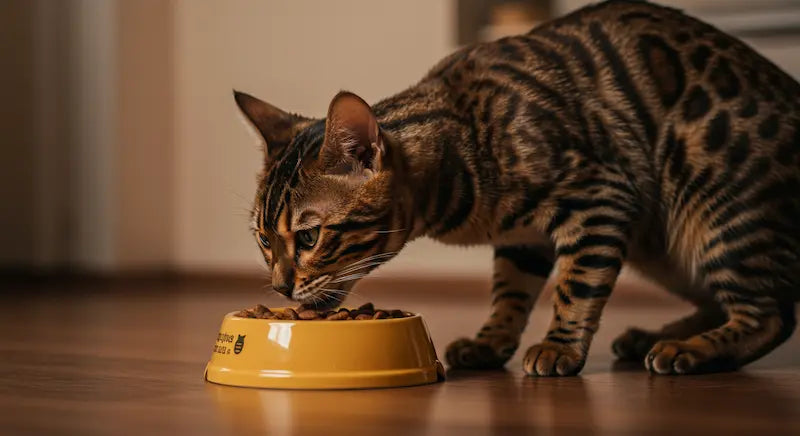




Comments(0)